Nestled in the heart of Hoi An’s ancient town (Quang Nam province), the Duc An old house, with a history of 200 years, is not only a landmark of the patriotic movement but also a place that preserves many valuable artifacts associated with revolutionary figure Cao Hong Lanh.
According to the Quang Nam Tourism Association, the Duc An old house was built in 1830 during the reign of Emperor Minh Mang. The name "Duc An" means "preserving virtue for peace" and was also the name of the bookshop owned by the Phan family, which specialized in Han-Nom books and stationery.
The Duc An house has a tube-shaped structure, with a 7-meter-wide facade and a length of 40 meters. Its layout is symmetrical, with a central entrance flanked by windows used for business purposes. Above the doorway are two circular peepholes - a characteristic feature of old Hoi An architecture.
Constructed in the traditional “ruong” house style of central Vietnam, the home also incorporates architectural elements typical of coastal urban dwellers. It is enclosed by solid brick walls and covered with yin-yang tiled roofs.
The house features multiple interconnected spaces serving various functions. The outermost room was for commercial use, followed by a living room and an ancestral altar area. Beyond the open-air courtyard lies a corridor that leads to the family’s private living quarters.
All of the wood used to build the house is “kien kien,” a precious timber renowned for its durability and resistance to the region’s harsh climate.
The photo shows the system of ancient horizontal boards and couplets preserved inside this two-century-old house.
The front wooden frame of the house uses the "stacked beams - fake bracket" and "pillar-on-column" structures, designed to bear weight and expand space. The central section features a double-roof structure, forming a unique “roof over roof hiding an upper floor” style, the only one of its kind remaining in Hoi An.
Pictured is the central area of the house, with a garden courtyard featuring a skylight, fish pond, and ornamental rock formations.
In the early 20th century, as the anti-French resistance movement spread across Quang Nam and the country, Duc An house quickly became a gathering place for patriots such as Huynh Thuc Khang, Phan Chu Trinh, and Tran Quy Cap.
Operating both as a bookshop and a hub for nationalist ideas, the house played a key role in promoting patriotic ideologies among intellectuals and the public.
In 1908, the Duc An bookshop closed and pivoted to traditional medicine trade. It then became a revolutionary base, housing many secret documents supporting the patriotic movement.
Notably, in 1927, the Hoi An branch of the Vietnamese Revolutionary Youth League was founded right in this house, with Mr. Cao Hong Lanh (birth name Phan Hai Tham, alias Nam Them) serving as Secretary.
According to the Hoi An Center for Cultural Heritage Management and Preservation, Mr. Cao Hong Lanh (born in 1906, the youngest of the fourth generation of the Phan family) was a prominent revolutionary in Quang Nam province.
Starting in 1923, he mobilized youth in his commune to resist local tyrants and participated in nationalist movements. In 1926, he moved to southern Vietnam to continue his revolutionary work.
By 1927, he had joined the Vietnamese Revolutionary Youth League in Quang Tri, and in 1929, he contributed to the founding of the Indochinese Communist Party.
Throughout the resistance years, Mr. Cao Hong Lanh operated across various battlefields and was sentenced in absentia by the French colonial regime to 15 years in prison. He later held key roles in the Party, State, and diplomatic sectors.
In recognition of his significant contributions to the revolution, he was awarded the Ho Chi Minh Order, First-class Resistance Order, and First-class Anti-American Resistance Order.
He passed away in Hanoi in 2008 at the age of 102, having been a Party member for 82 years.
Mr. Cao Hong Lanh remains a source of pride for the Phan family in Hoi An. Today, the Duc An house still holds many precious artifacts that he used during his revolutionary career.
The photo shows his clothes, shoes, watch, radio, and other personal belongings.
Among the most notable items are commemorative photos of Mr. Cao Hong Lanh with President Ho Chi Minh, General Vo Nguyen Giap, and other senior Vietnamese leaders.
Mr. Phan Ngoc Tram, a sixth-generation descendant of the Phan family and the current custodian of Duc An house, shared that eight generations have lived in this home.
Many personal items of previous generations, some dating back hundreds of years, are still carefully preserved in glass cabinets by the family.
“Despite centuries of history and annual floods, Duc An house has retained its traditional cultural and architectural values nearly intact. Our descendants are committed to preserving and protecting this house,” Mr. Tram said.
In February 2010, the Duc An old house was officially recognized by the Hoi An City People’s Committee as a cultural heritage site and a historical memorial dedicated to Comrade Cao Hong Lanh. It is now open to the public for visitation.
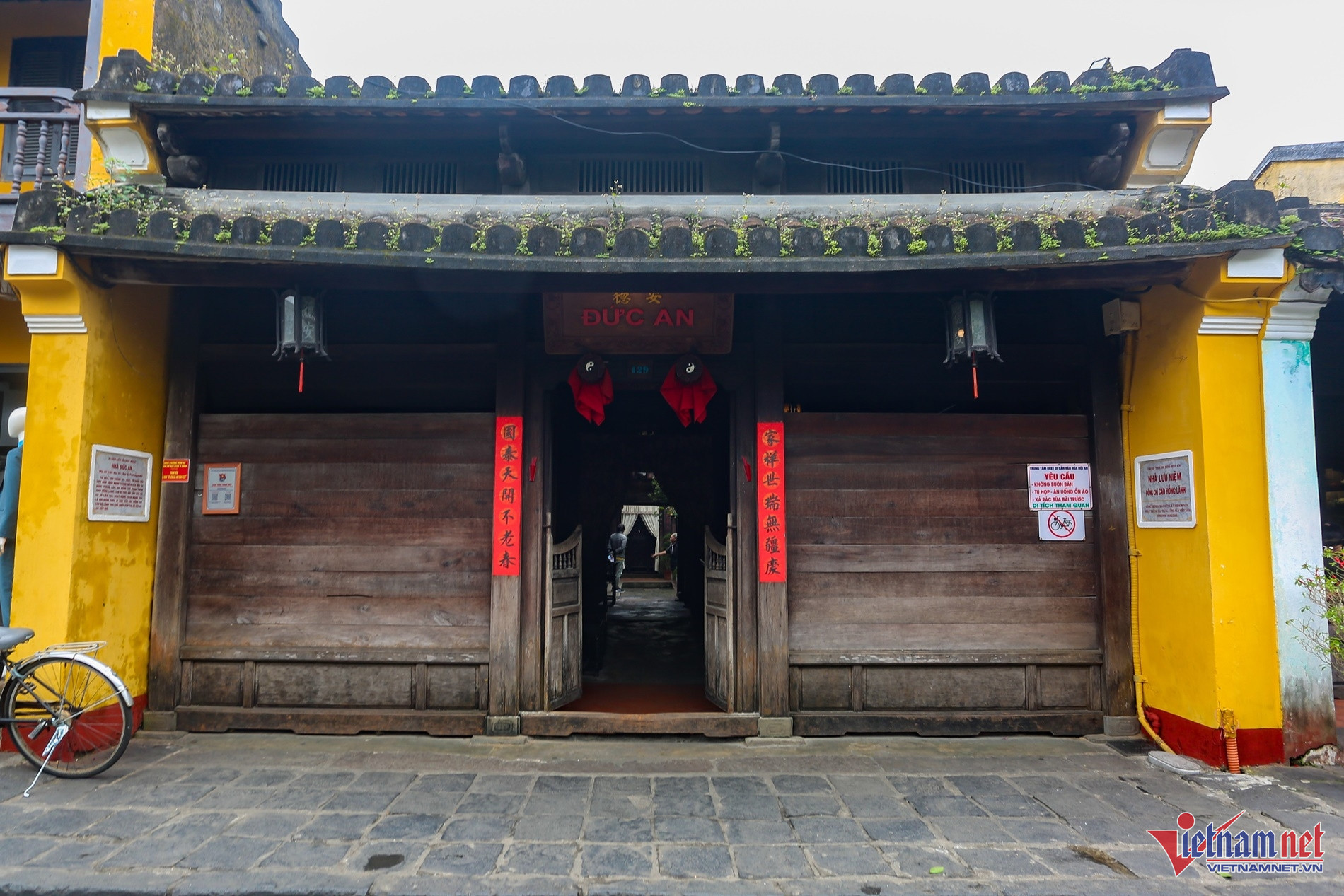
Duc An old house in Hoi An features a tube-shaped structure with a 7-meter-wide facade and a length of 40 meters.
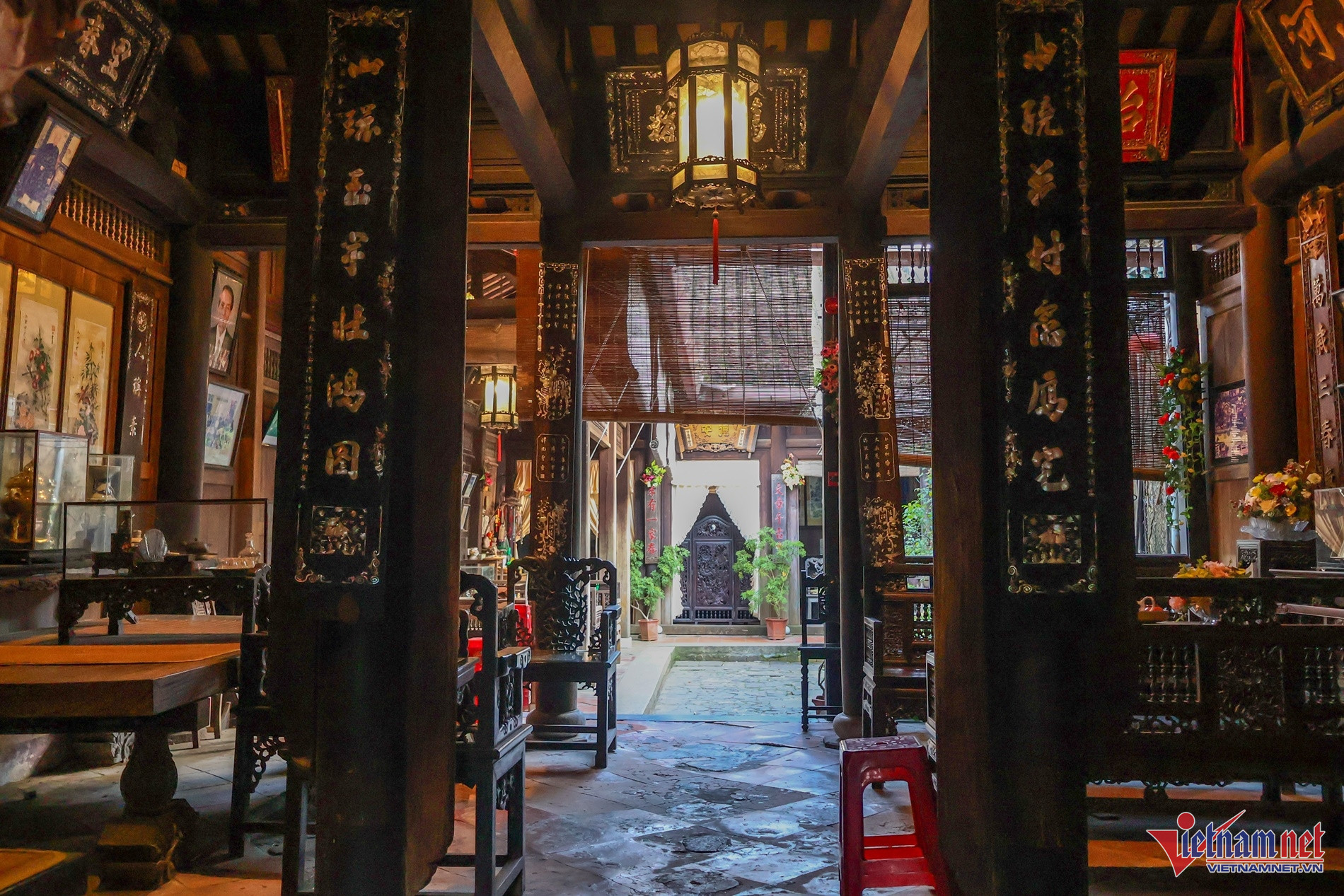
The central room of the house includes a courtyard garden, skylight, fish pond, and rockery.
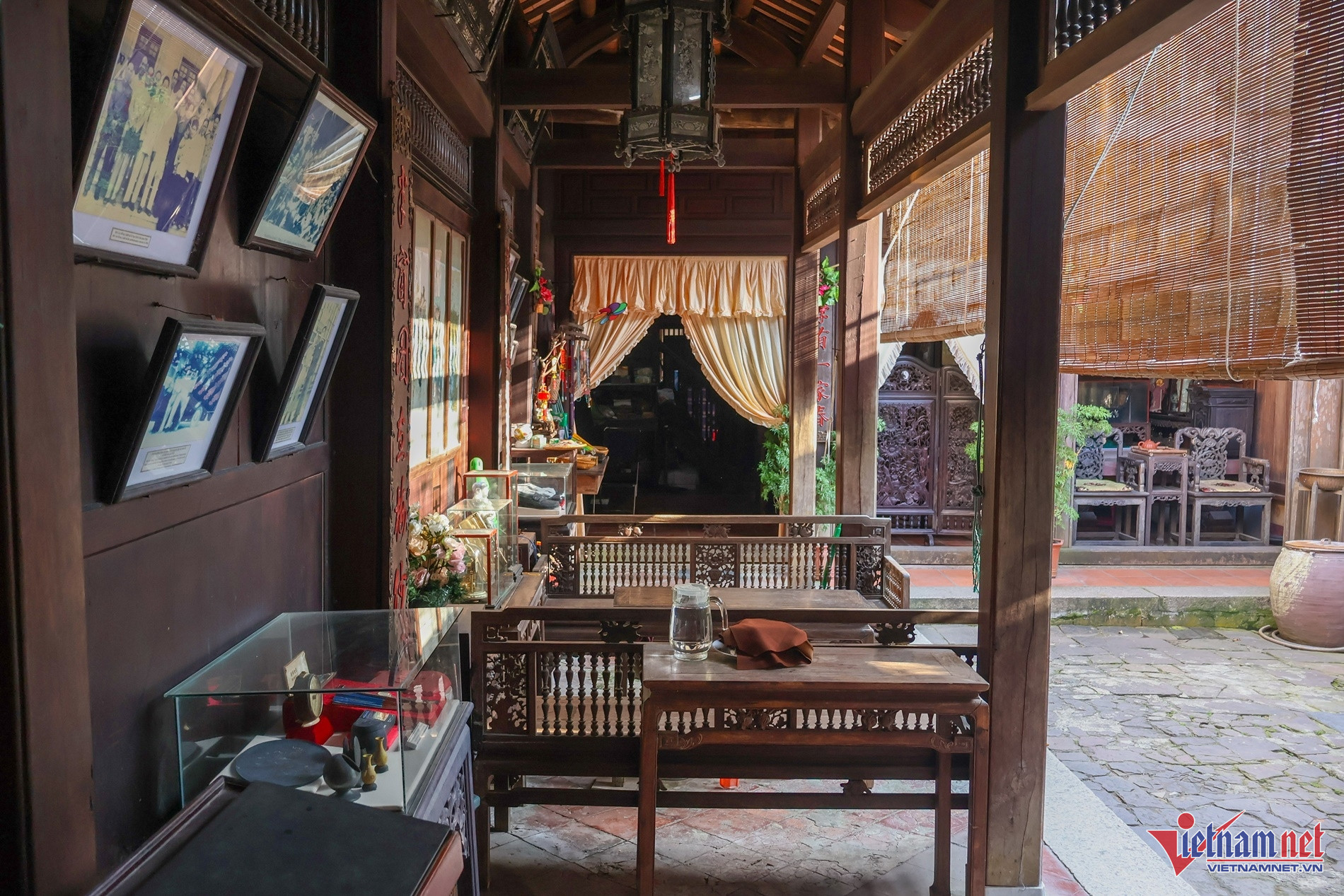
The house still preserves ancient horizontal boards and couplets over two centuries old.
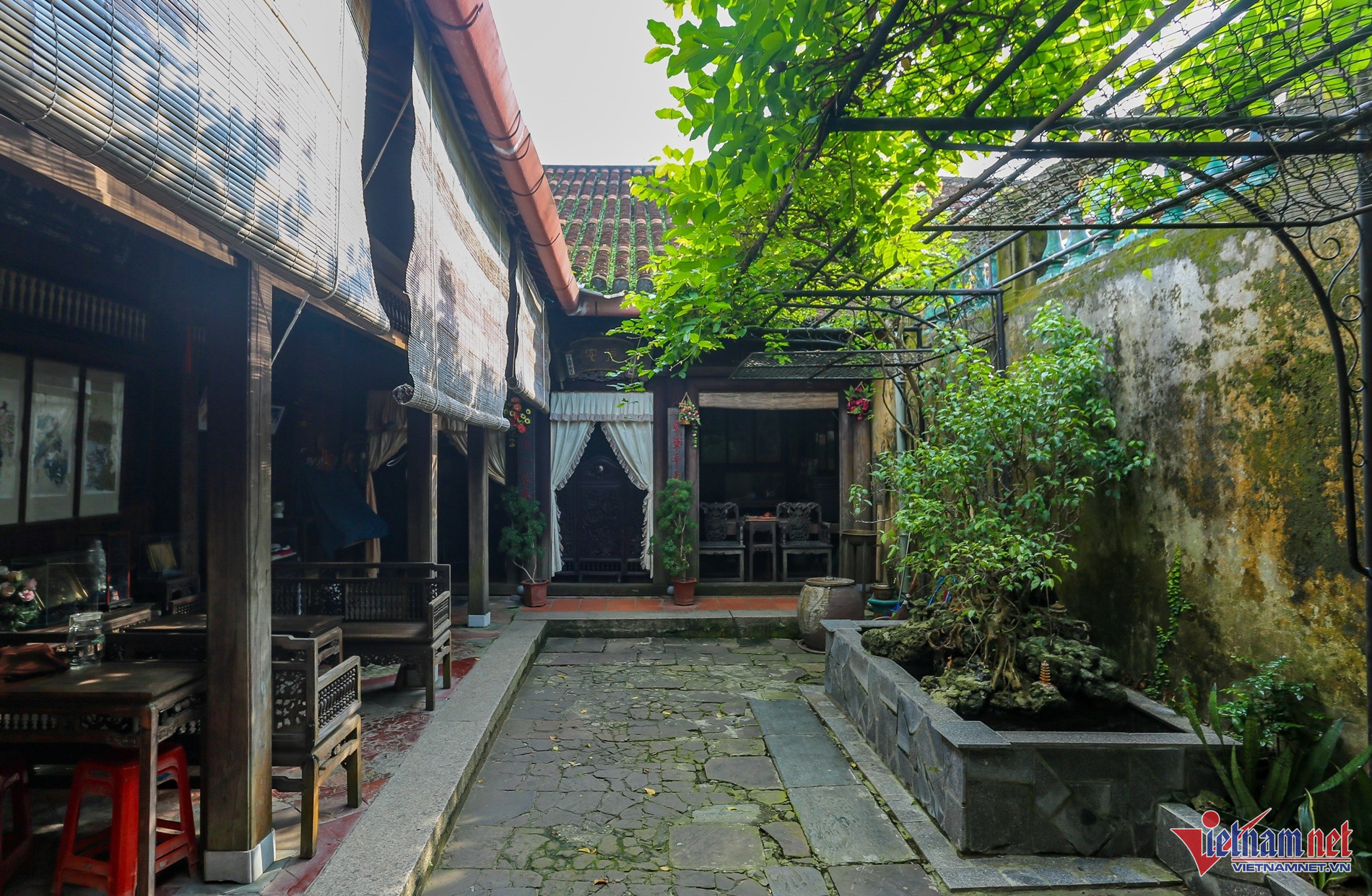
The architecture includes unique roof-on-roof structures, typical of traditional Vietnamese houses.
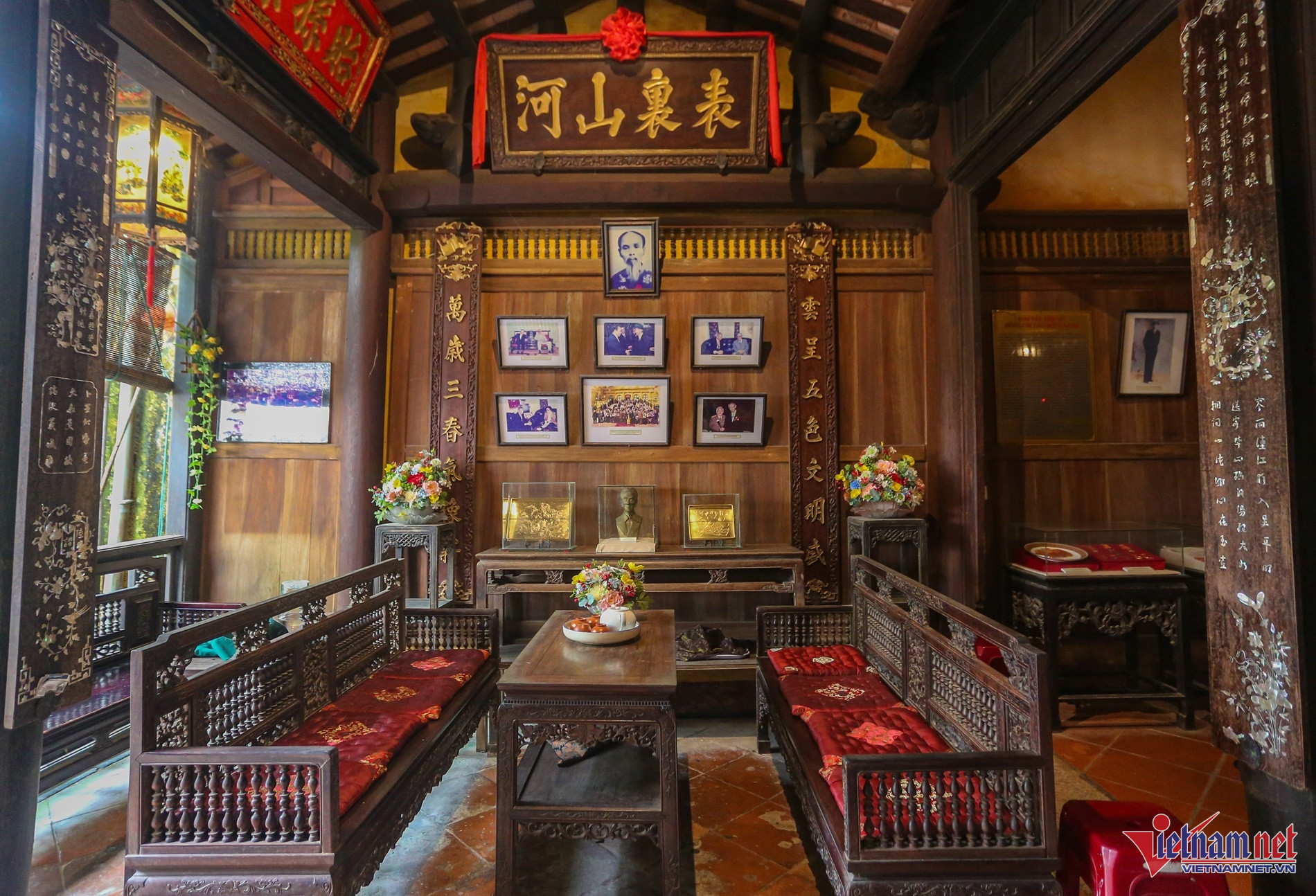
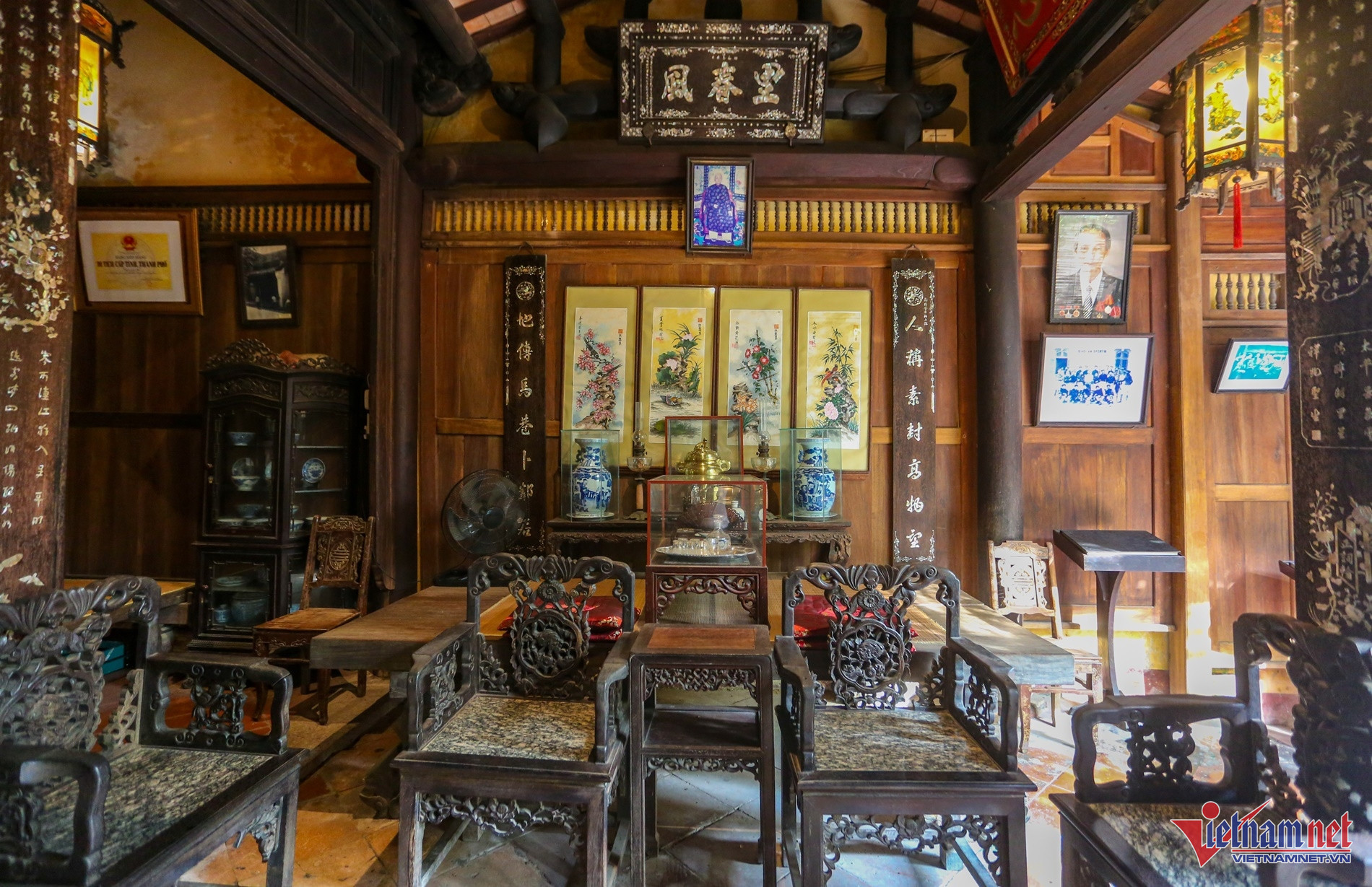
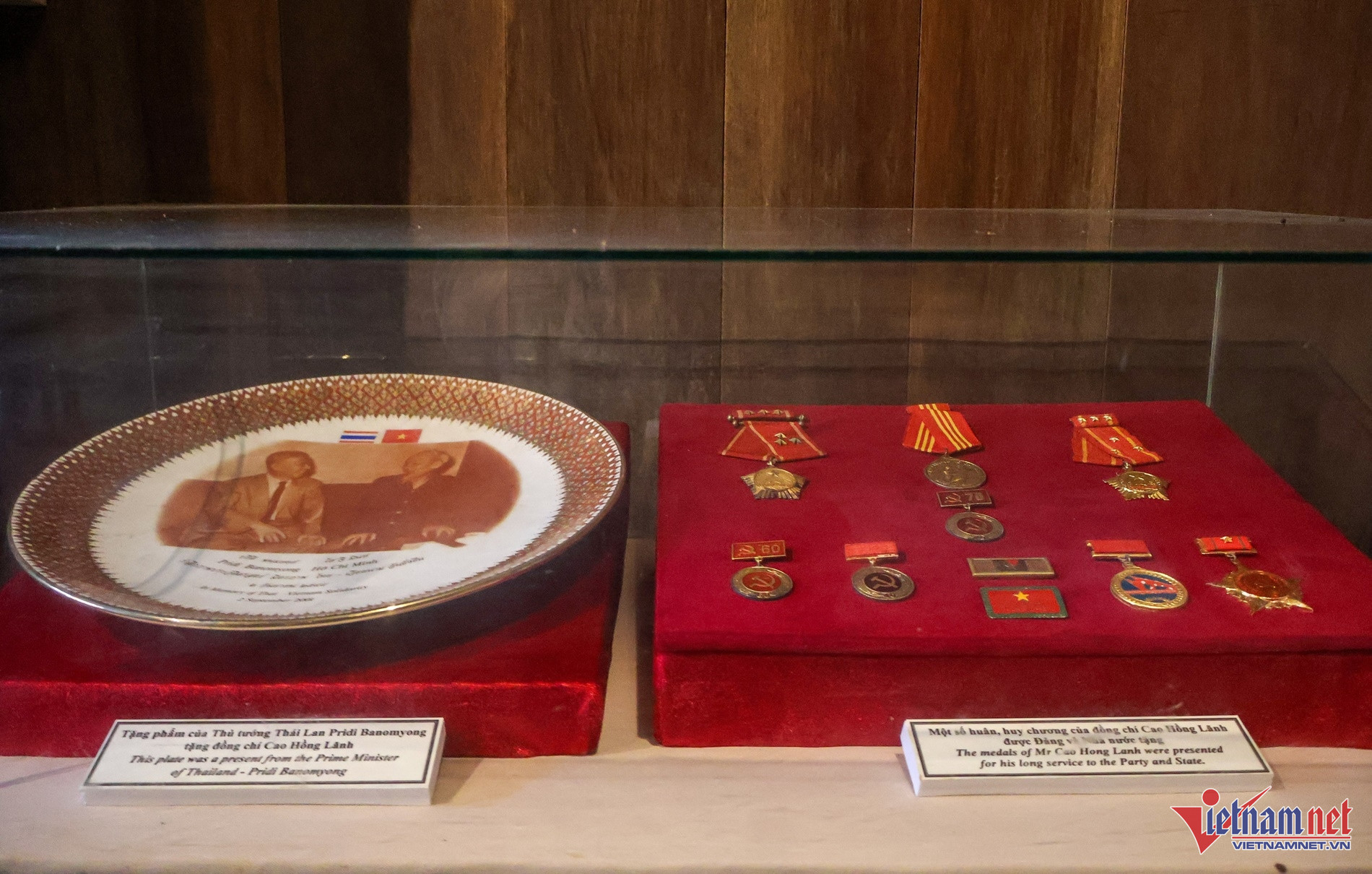
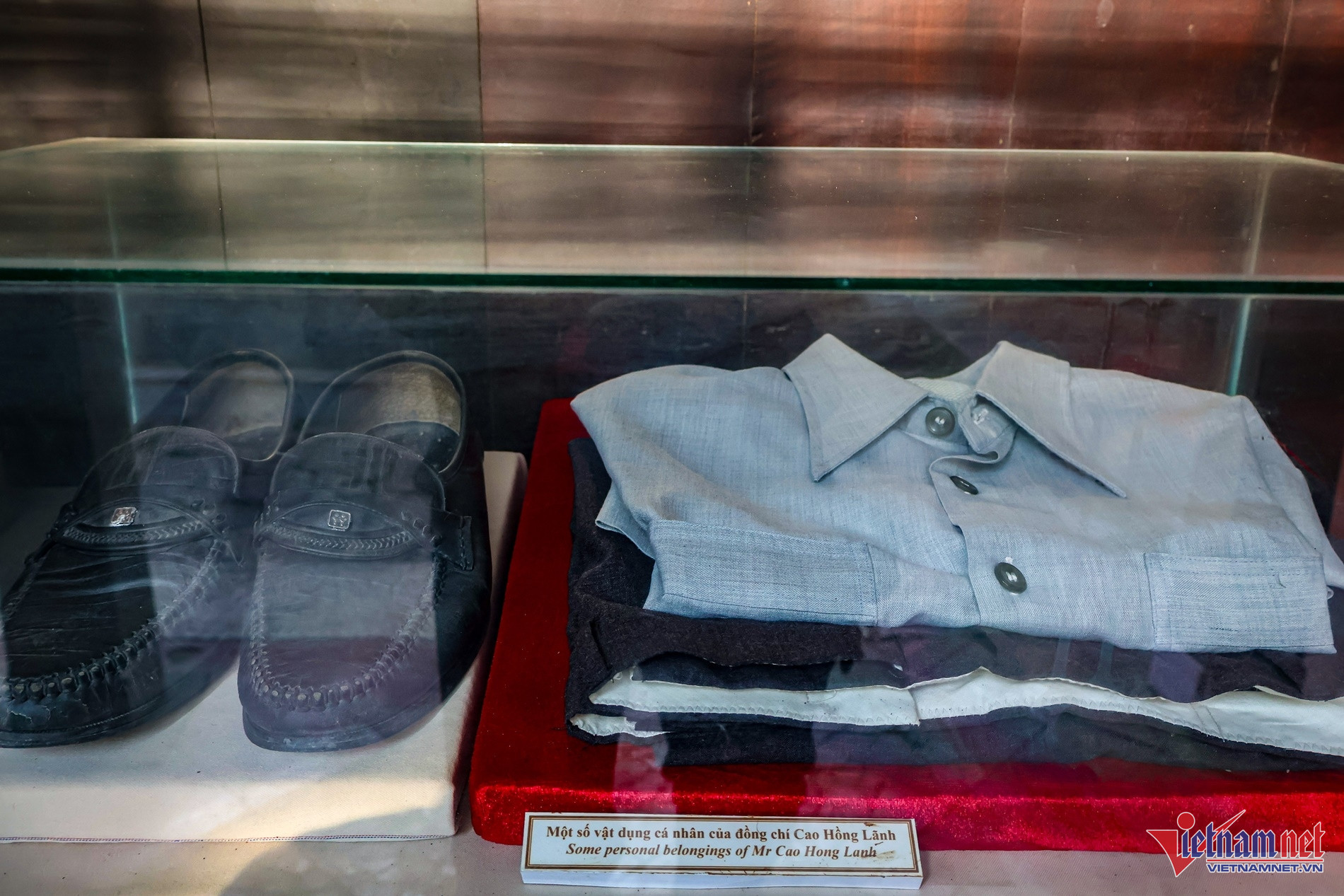
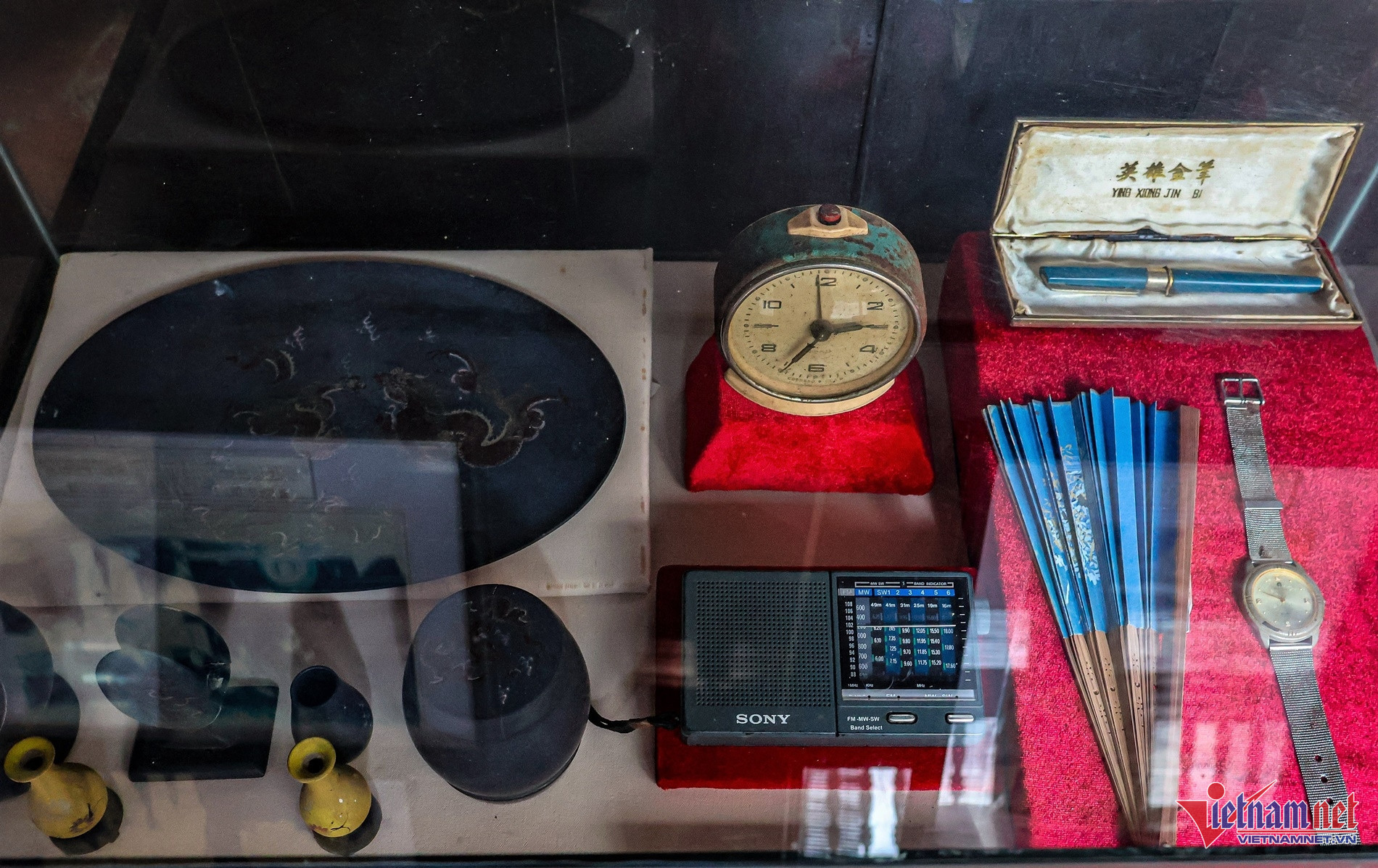
Personal belongings of Cao Hong Lanh such as clothes, shoes, and a radio are preserved inside.
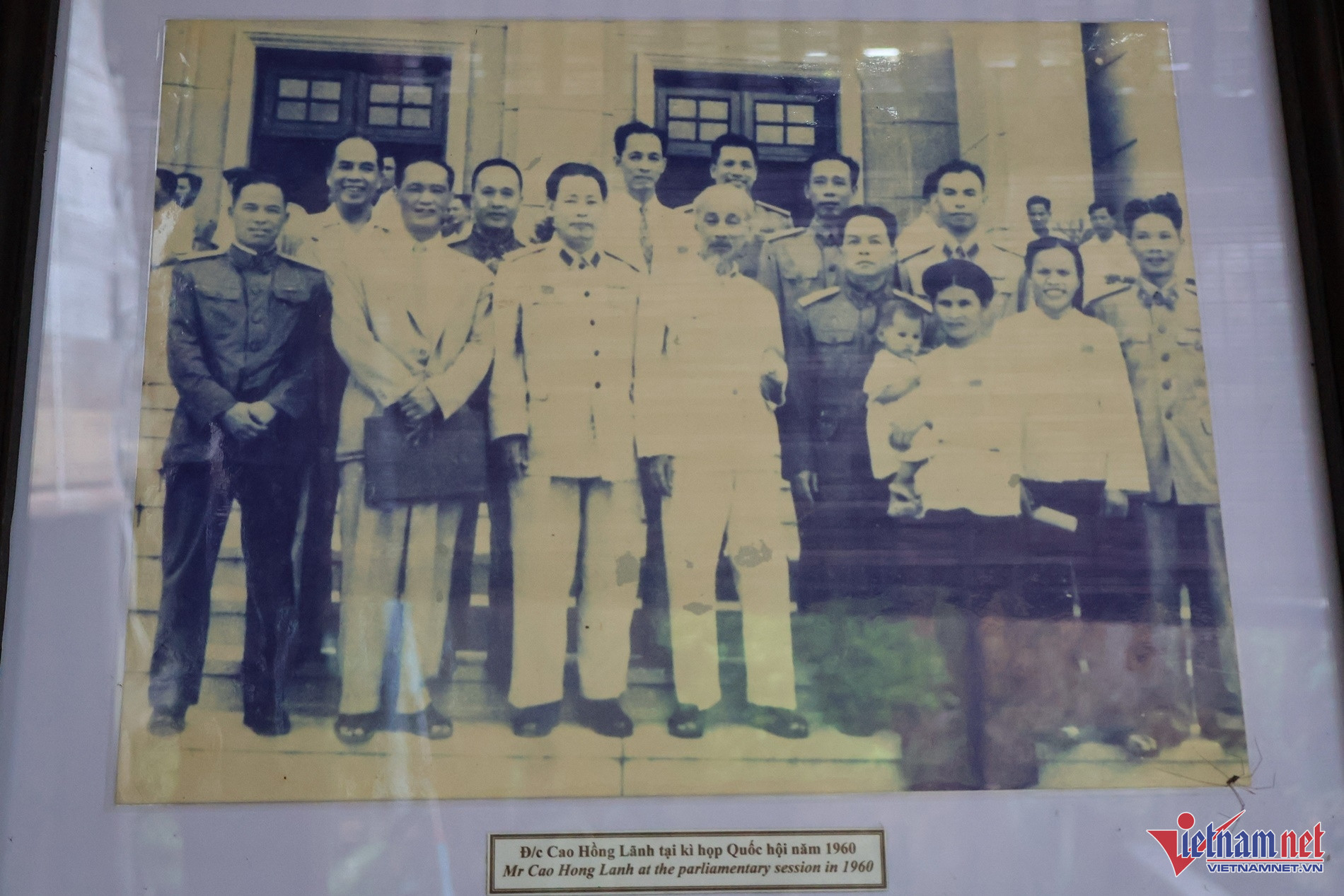
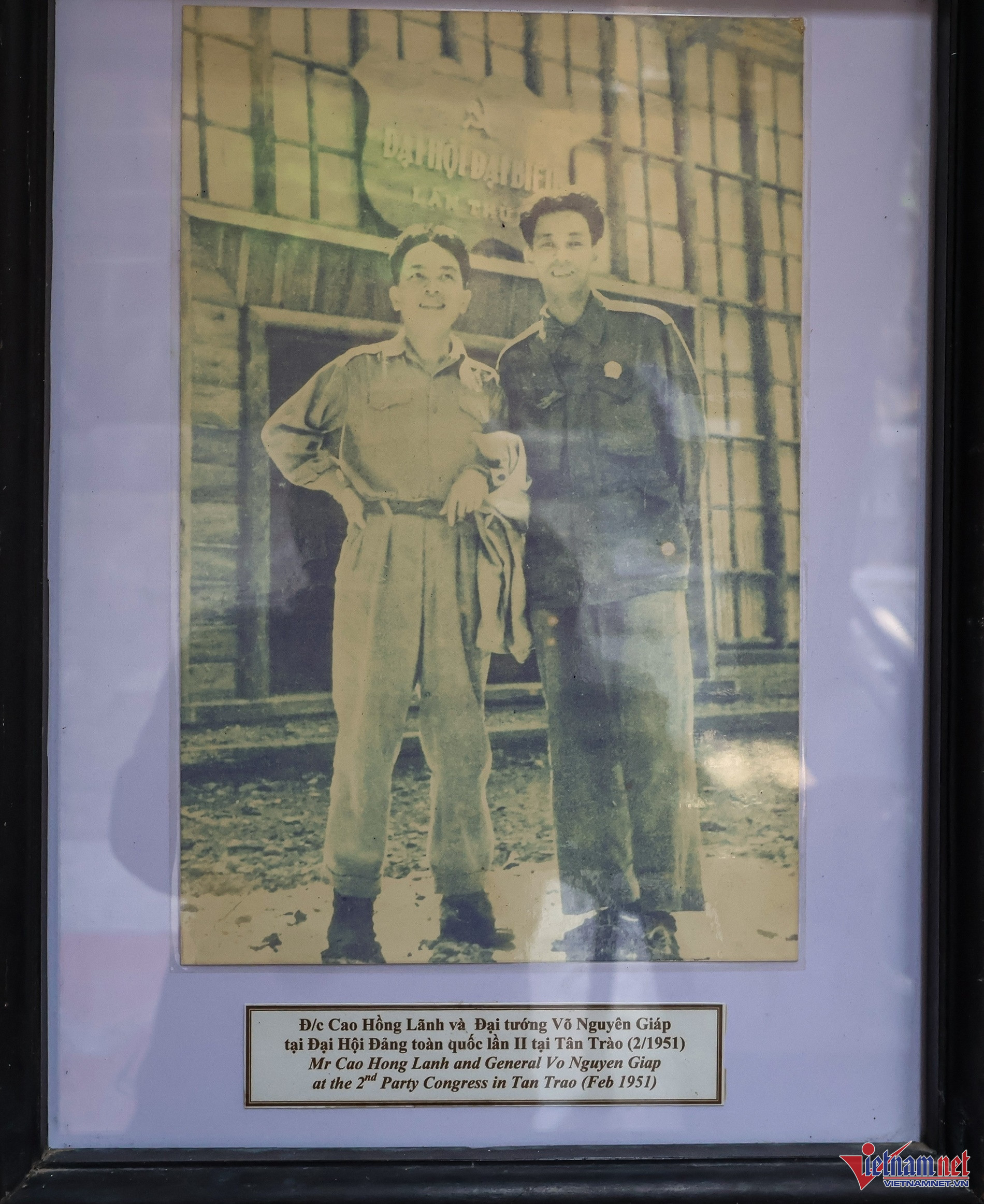
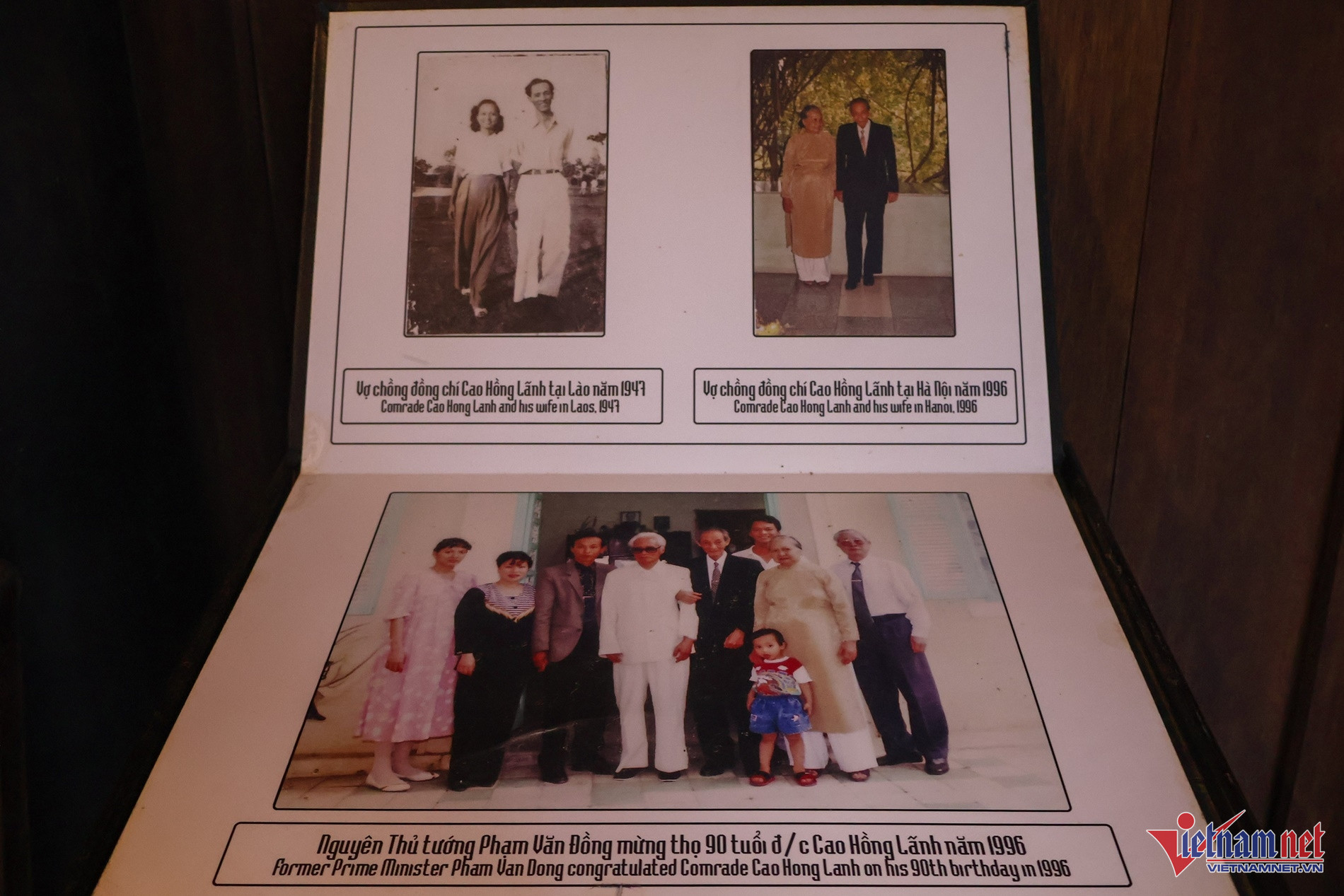
Ha Nam